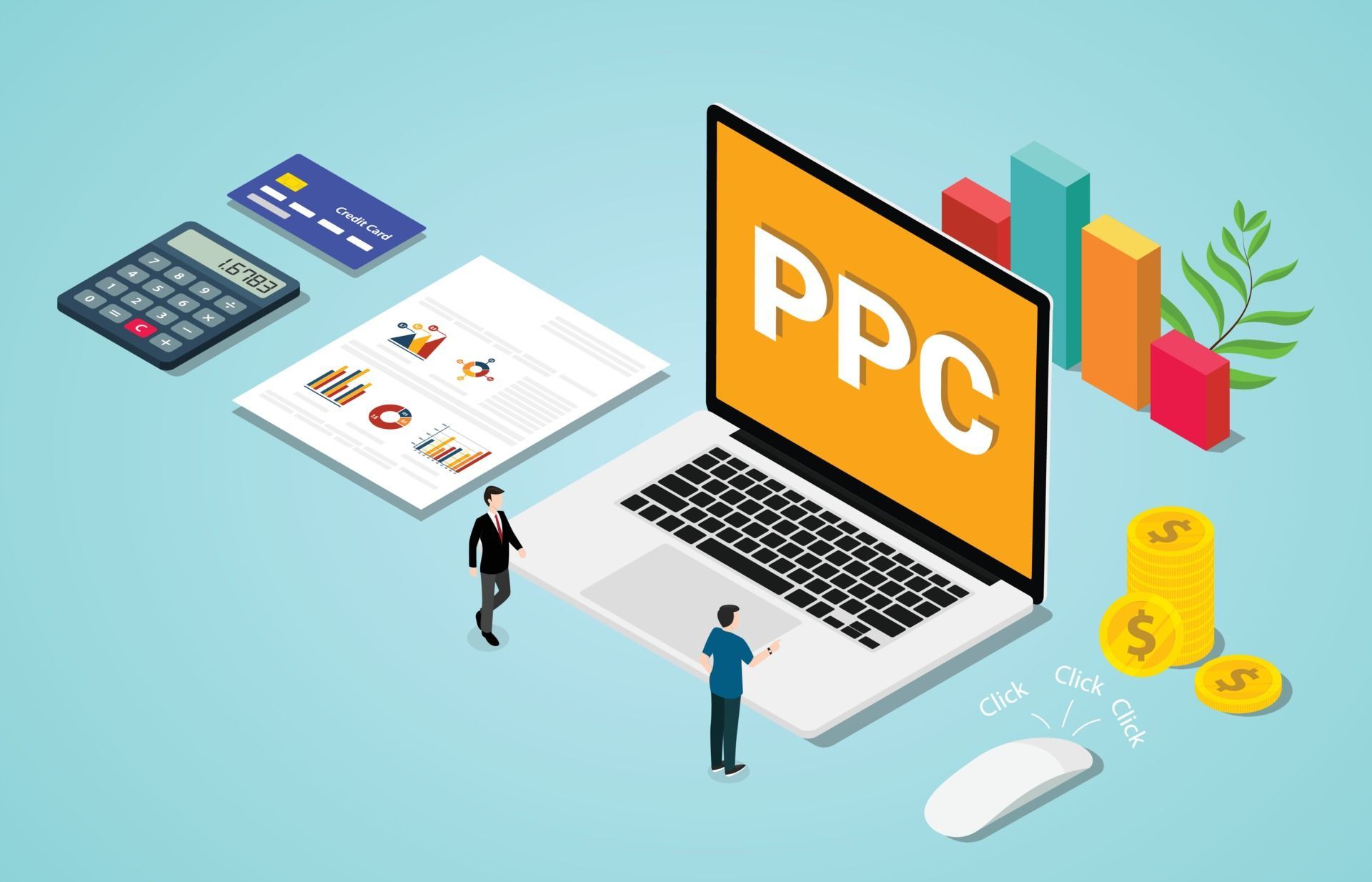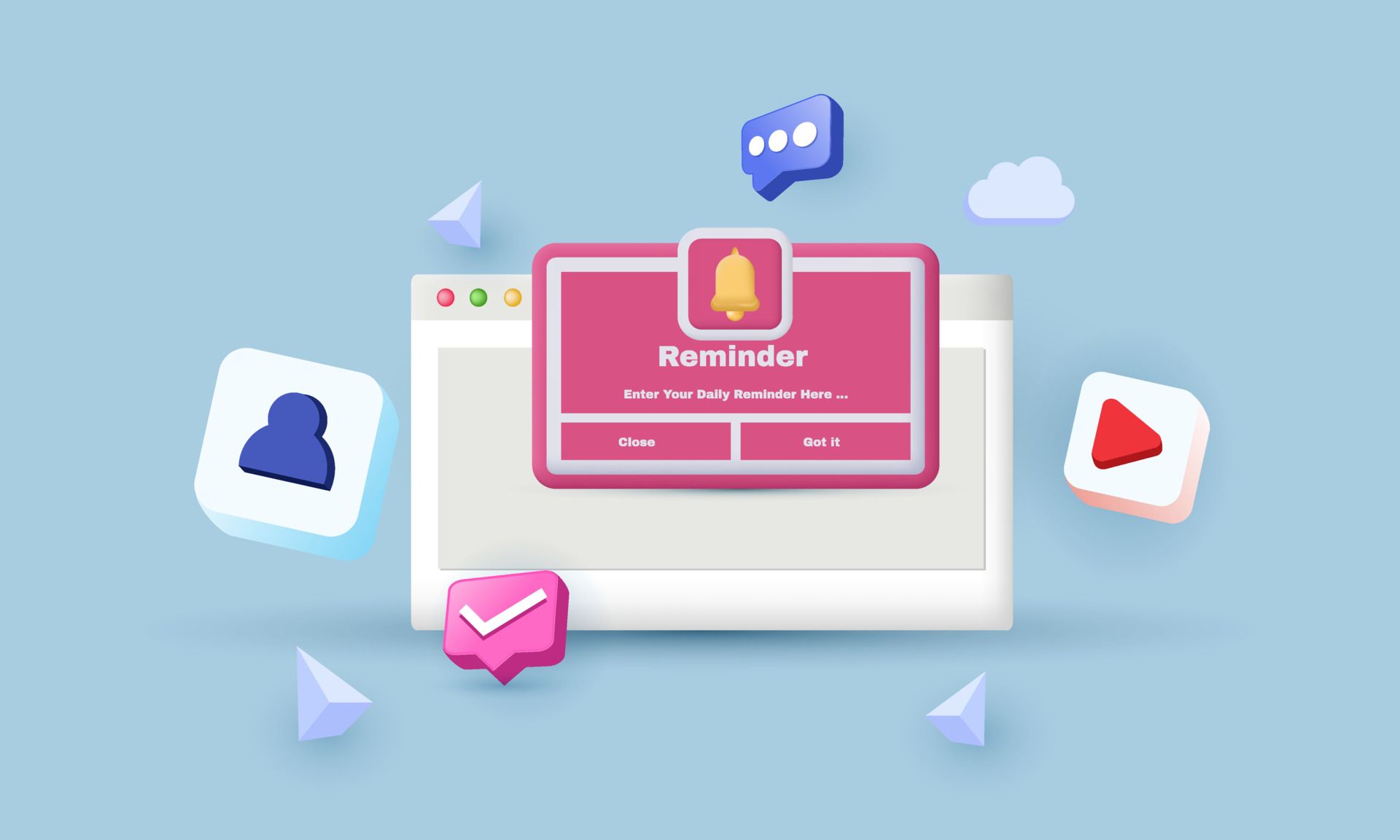How to Create Engaging Social Media Content Without a Big Budget
In today’s digital landscape, engaging social media content is essential to grow your brand and connect with your audience, but it can often feel like quality content requires a hefty budget. Fortunately, effective social media doesn’t have to be expensive. With a little creativity, strategic planning, and a focus on your audience, you can produce high-quality, engaging content that drives results without breaking the bank. Here’s how:
1. Leverage User-Generated Content (UGC)
User-generated content, or UGC, is content created by your customers, followers, or fans. This approach saves time and money while also building trust, as people tend to engage more with authentic content from real users. Encourage your customers to share photos, videos, or testimonials of them using your product or service, and feature their content on your page.
Tips for getting more UGC:
- Run a contest or giveaway where participants need to share a photo or tag your brand to enter.
- Use branded hashtags that customers can include in their posts to help you find UGC.
- Always ask permission before sharing someone else’s content and credit them in your posts.
2. Focus on Storytelling
Telling a story is one of the most effective ways to connect with your audience emotionally. Crafting a story around your brand, product, or customers can make a huge difference without requiring additional investment. Create a series of posts that share your brand’s journey, showcase the challenges you’ve overcome, or highlight the story of a happy customer.
Quick tips for better storytelling:
- Think about your brand’s values and mission and weave these into your narrative.
- Use behind-the-scenes photos or videos to give followers a glimpse into your world.
- Highlight personal stories from your team members or customers to create a deeper connection.
3. Utilize Free and Low-Cost Tools
Thanks to a variety of free and affordable tools, creating visually appealing and professional content is more accessible than ever. From design to video editing, these tools allow you to enhance your content quality without hiring an expert.
Some popular free or low-cost tools include:
- Canva for graphic design and templates.
- InShot or CapCut for video editing on mobile devices.
- Unsplash and Pexels for free high-quality stock photos.
- Later or Buffer for scheduling posts and analyzing performance data.

4. Create Content Based on Current Trends
Being on-trend can increase your reach and engagement without requiring much investment. Trends often gain more attention due to their current relevance, making them perfect for brands on a budget.
How to find and use trends:
- Regularly check platforms like TikTok, Instagram Reels, or even Twitter for trending content ideas.
- Put your own spin on trends that align with your brand’s style and voice.
- Join in on relevant national or international "holidays" and themes (like #NationalPetDay or #ThrowbackThursday) that fit with your brand message.
5. Engage with Your Audience Directly
One of the most budget-friendly ways to boost engagement is by simply being responsive. Engage with your followers by responding to comments, hosting Q&A sessions, creating polls, or going live.
Ideas for engaging directly:
- Host an Instagram or Facebook live event where followers can ask questions about your brand or products.
- Use the poll, quiz, and question stickers on Instagram Stories to drive interaction.
- Share follower comments or reactions in your stories to show appreciation and build a community feel.
6. Repurpose Existing Content
Repurposing content you already have is a cost-effective way to extend its lifespan. You can take an old blog post, for example, and break it down into a series of social media posts. Similarly, a well-performing post can be refreshed with a new caption or visual style.
Repurposing tips:
- Turn long-form content into bite-sized visuals or infographics.
- Break down video content into short clips for Reels, Stories, or TikTok.
- Re-share popular posts after a few months to reach new followers.
7. Optimize for Each Platform
It’s crucial to understand the type of content that performs well on each platform. This way, you can maximize engagement by aligning your content style with the platform’s audience expectations, without extra investment.
Platform-specific content ideas:
- Use video content for TikTok and Instagram Reels to reach a younger, visually oriented audience.
- Share graphics, quotes, and blog links on Facebook.
- Keep LinkedIn professional with thought leadership content, team updates, and industry insights.
8. Experiment and Track Your Results
Trying out different types of content and formats allows you to see what resonates with your audience. Experimenting doesn’t have to be costly—it can be as simple as testing different types of captions, images, or video lengths. Use analytics to track performance and refine your strategy based on what works best.
Easy ways to track and improve:
- Use each platform’s native analytics tools to measure engagement and reach.
- Try A/B testing on ads if you’re running low-budget promotions.
- Create weekly or monthly reports to understand which content types and themes are performing best.

Conclusion
Creating engaging social media content on a budget is entirely possible with the right approach. By leveraging user-generated content, focusing on storytelling, using free tools, and staying connected with trends, you can reach your audience and boost engagement without overspending. Remember, consistency, authenticity, and a deep understanding of your audience are key to building a strong social presence that resonates with followers—no big budget needed.
Ready to Transform Your Marketing?
If you’re ready to elevate your brand with a dedicated team, connect with WIGZ Marketing Solutions and discover the difference the In-House Experience can make for your business. Together, we’ll build a strategy that drives results and positions your brand for lasting success.










